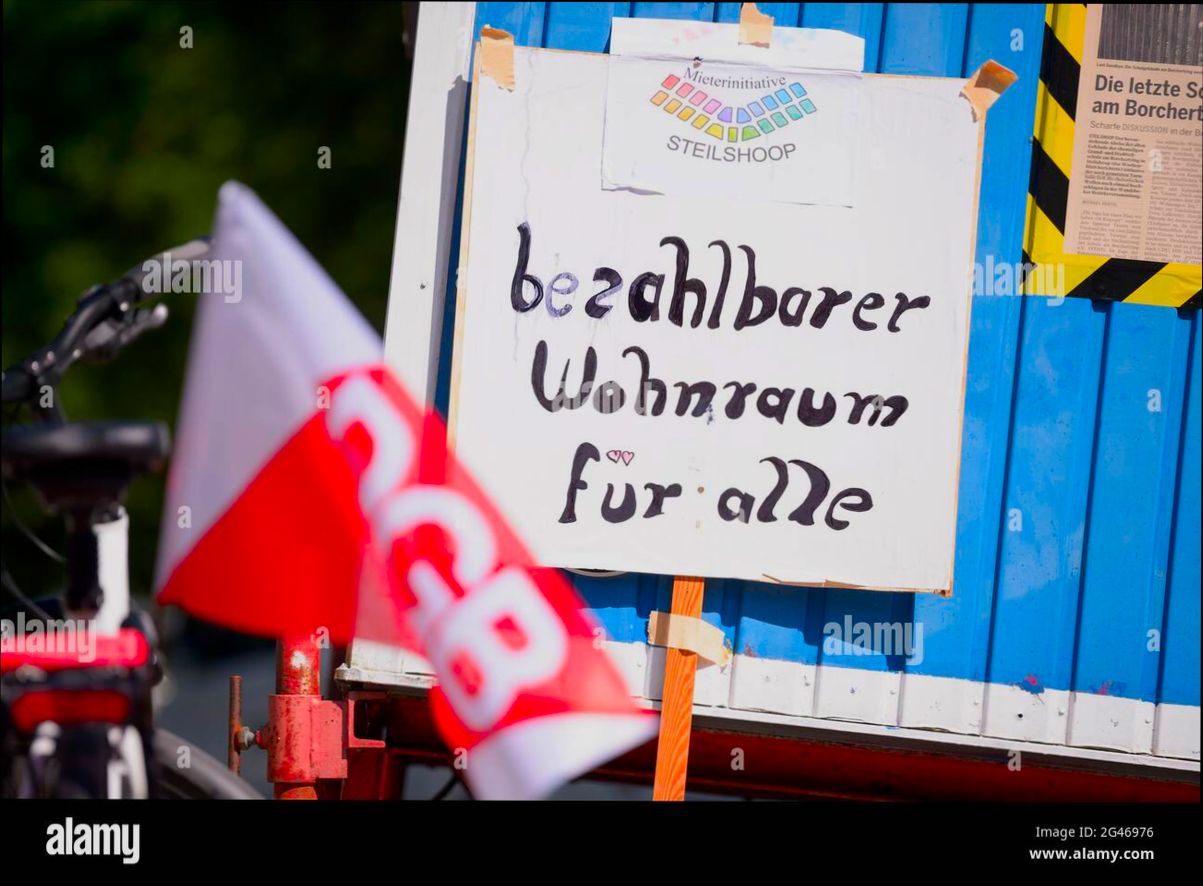Affordable Housing Initiatives in Germany are shaking up the way we think about urban living. With a growing population and increasing rental prices, cities like Berlin have become battlegrounds for affordable living. Did you know that in the past decade, rent in Berlin has skyrocketed by more than 50%? To tackle this crisis, the German government has rolled out ambitious plans, like the €5 billion investment in social housing projects aimed at creating around 100,000 new homes by 2023. That’s a serious commitment to ensuring that everyone can find a spot to call home.
Take, for example, Hamburg’s “Living for All” initiative, which aims to provide 50% of new developments as affordable housing. This approach isn’t just about building more houses; it’s about ensuring diversity in neighborhoods and making sure that essential workers, artists, and families aren’t pushed out by rising costs. Plus, cities are also looking to repurpose existing structures, like converting old offices into residential spaces, which keeps things fresh and vibrant while addressing the urgent need for affordable options. It’s a creative response to a pressing issue, and there’s so much more going on beneath the surface.

Current Statistics on Housing Affordability
When we talk about housing affordability in Germany, we’re diving into numbers that affect millions of people. It’s important to grasp how these statistics impact lives daily, shaping decisions and policies that aim to create a better living environment.
In 2022, households across Germany spent an average of 27.8% of their net income on rent. This percentage is just below the 30% threshold often used to define affordability. Interestingly, for approximately 6.6 million households that rented after 2019, this ratio climbs to 29.5%, indicating a trend where newer renters are experiencing a tighter squeeze on their income.
- 10.5% of the population lived in overcrowded dwellings, highlighting a concerning aspect of housing availability.
- Among students, a staggering 37.9% were classified as at risk of poverty in 2021, underlining the challenges faced by younger demographics in securing affordable housing.
- In 2021, 10.7% of the population felt overburdened by their housing costs, emphasizing the financial distress some households encounter when trying to meet rental obligations.
| Category | Percentage |
|---|---|
| Average rent to income ratio (2022) | 27.8% |
| Rent to income ratio for newer renters | 29.5% |
| Population living in overcrowded dwellings | 10.5% |
| Students at risk of poverty (2021) | 37.9% |
| Population overburdened by housing costs | 10.7% |
Consider the case of households moving to urban centers; they are often forced to dedicate a larger portion of their income to secure a place to live. The fact that rents in cities are 30% higher than in rural areas compounds the pressure. This disparity reflects a broader phenomenon of urban migration, where opportunities and amenities often drive people to cities, yet the cost of living follows suit.
When we look at what these statistics mean for everyday life, it’s clear - many are spending a significant chunk of their earnings on housing. For families and individuals, this tight budget can compel tough choices about spending on essentials like food, healthcare, and education.
If you find yourself grappling with high housing costs, remember that government initiatives and local programs may offer assistance or alternative housing options. Staying informed and advocating for affordable housing policies can also make a difference in your community.
As these current statistics illustrate, understanding housing affordability is crucial in navigating Germany’s complex rental landscape. Pay attention to these trends, as they can significantly affect your living situation.
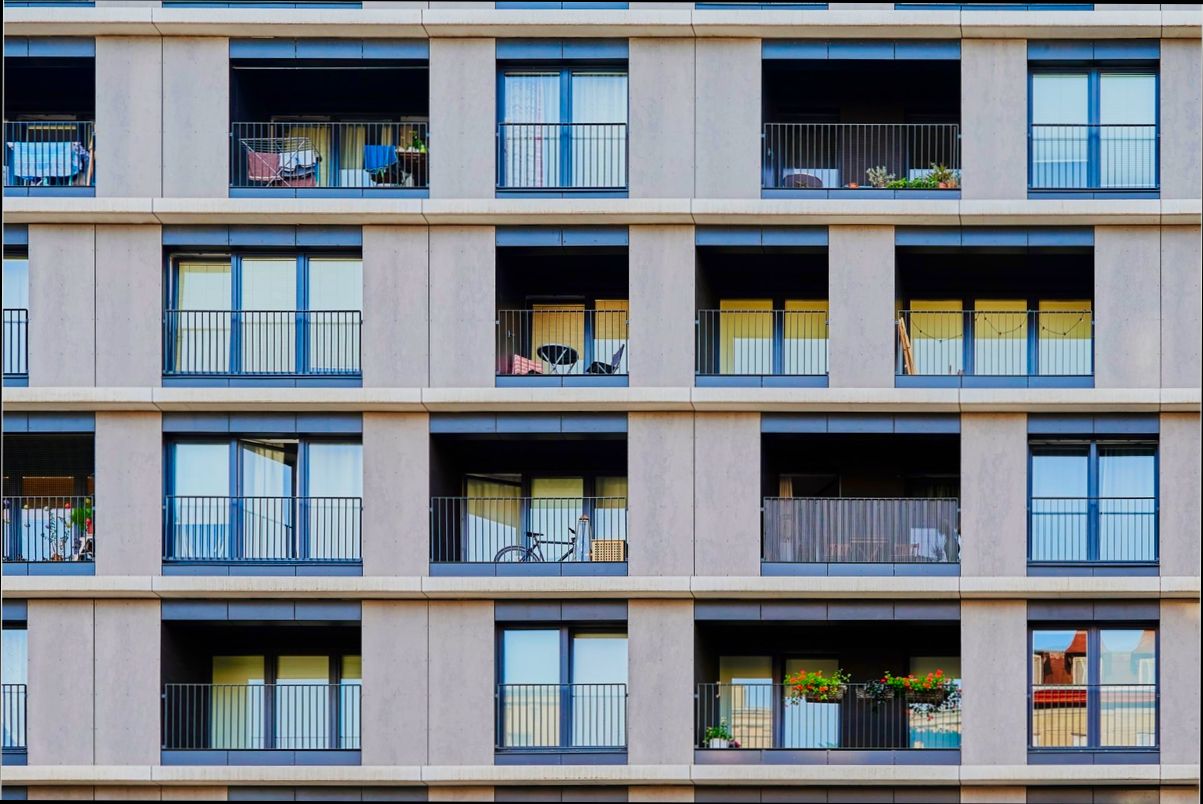
Government Policies Supporting Affordable Housing
Government policies in Germany play a crucial role in promoting affordable housing and addressing the growing demand for accessible living spaces. These policies are designed to foster a balanced housing market, alleviate financial strain on low-income families, and stimulate the construction of new homes.
The German Federal Government has set ambitious goals, aiming to construct 400,000 flats per year, with 100,000 of those being subsidized through social funding. This initiative underscores a commitment to improving housing availability and affordability for those who need it most.
The introduction of the Effective Shield by Chancellor Scholz will make an impressive 200 billion euros available to cushion the effects of rising living costs, including housing. This financial backing demonstrates the government’s proactive approach to stabilizing the housing market amid economic fluctuations.
Key Funding Figures for Affordable Housing
| Policy Initiative | Funding Amount | Target/Goal |
|---|---|---|
| Federal social housing investment | 14.5 billion euros | Construction of new social housing |
| Annual flats construction goal | 400,000 flats/year | To increase housing availability |
| Social funding allocation | 100,000 flats/year | Ensure affordability for low-income families |
| Effective Shield budget | 200 billion euros | Economic cushioning for households |
To support these ambitious goals, the government has increased its funding significantly. For instance, the social housing subsidies have reached a record 14.5 billion euros, ensuring sustained financial support for the construction of new homes. This increase provides considerable assistance to housing developers, enabling them to offer lower rents and make housing more accessible.
Real-World Policy Impact
One notable example of effective policy implementation is the city of Berlin’s initiatives under the federal guidelines. Berlin has become a laboratory for innovative housing strategies, leveraging substantial government subsidies to develop mixed-income housing projects. These developments not only increase the stock of affordable housing but also foster diverse communities.
Additionally, regions facing acute housing shortages, such as Munich and Frankfurt, have received special attention. The government has earmarked additional funds specifically for these areas to ensure that rapid urban growth does not compromise affordability.
Practical Implications for Stakeholders
If you’re a potential developer or investor, understanding these policies can guide your investment strategies. Recognizing that 100,000 of the planned flats will receive subsidies allows you to identify likely opportunities for affordable development in specific regions. Furthermore, leveraging the substantial funds available through the Effective Shield can help mitigate risks associated with rising costs.
Additionally, for families seeking affordable housing, these policies indicate a supportive governmental framework that will likely yield more opportunities in the near future. Expect continued dialogue and further enhancements to these policies as housing needs evolve.
To take full advantage of these government policies, stakeholders should actively engage with local housing authorities to stay informed about upcoming projects and funding opportunities. Moreover, being aware of the government’s long-term commitments to social housing can guide future planning and investment decisions in the ever-changing housing landscape of Germany.
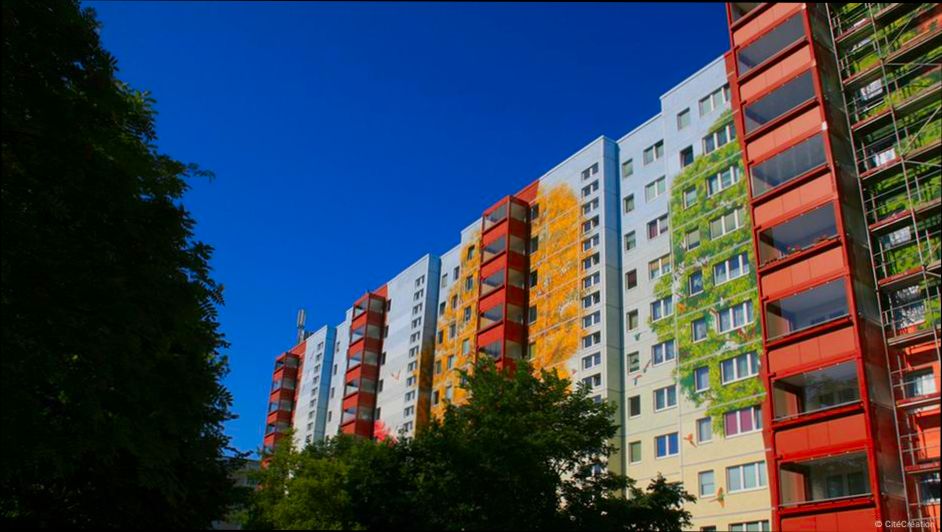
Innovative Cooperative Housing Models
Innovative cooperative housing models are transforming the landscape of affordable housing in Germany, emphasizing community, sustainability, and unique design. These models not only address housing shortages but also empower residents through shared ownership and collective decision-making. Let’s explore key insights into these forward-thinking approaches.
Key Features of Cooperative Housing Models
- Community-Centric Design: Many cooperative housing projects actively involve future residents in the design process. This participatory approach ensures that the facilities and layouts reflect the needs and aspirations of those who will live there.
- Sustainability Focus: A significant number of cooperative housing projects utilize eco-friendly materials and energy-efficient designs. These efforts contribute to reduced living costs and environmental impact, making homes not just affordable but also sustainable.
- Diversity of Options: Cooperative models often include mixed-use developments, blending residential spaces with commercial areas, enhancing community interaction and reducing travel needs.
| Feature | Description | Statistic |
|---|---|---|
| Resident Participation | Involvement in design and management | Over 60% of projects encourage resident input |
| Sustainability Initiatives | Use of sustainable materials and practices | 75% of models focus on green construction practices |
| Affordability Assurance | Non-speculative housing approach | Housing costs capped at 30% of household income |
| Community Spaces | Integration of communal areas and green spaces | 90% of developments feature shared gardens or lounges |
Real-World Examples
1. Kollektivhaus in Berlin: This project exemplifies a cooperative model, where the community co-creates living spaces. Residents can customize their units, and shared amenities, like a kitchen and garden, foster social interaction.
2. Hof Silberstein: Located in Frankfurt, this cooperative integrates sustainability with inclusivity. The buildings are designed with solar panels and community gardens, ensuring residents not only save on utilities but also engage with their neighbors in green initiatives.
3. Wohnen für Hilfe (Living for Help): This innovative model pairs students with elderly residents, allowing students to live rent-free in exchange for assistance with daily tasks. This win-win scenario promotes intergenerational living and strengthens community bonds.
Practical Implications
If you’re considering a move into cooperative housing or are involved in the development of such projects, here are actionable insights:
- Engage Early: Make sure to involve future residents from the very beginning. Their input can help shape a living environment that meets the community’s needs.
- Embrace Technology: Use digital platforms for communication and design feedback. This can enhance participation and streamline the decision-making process.
- Focus on Flexibility: Create adaptable spaces that can evolve as community needs change. This might include multi-purpose rooms or flexible layouts that residents can modify to suit their lifestyles.
- Highlight Sustainability: Incorporate green practices in both construction and daily living. This not only attracts eco-conscious residents but also reduces long-term operating costs for the community.
The journey into innovative cooperative housing in Germany showcases a proactive response to the housing crisis, paving the way for more integrated, sustainable, and affordable living solutions.
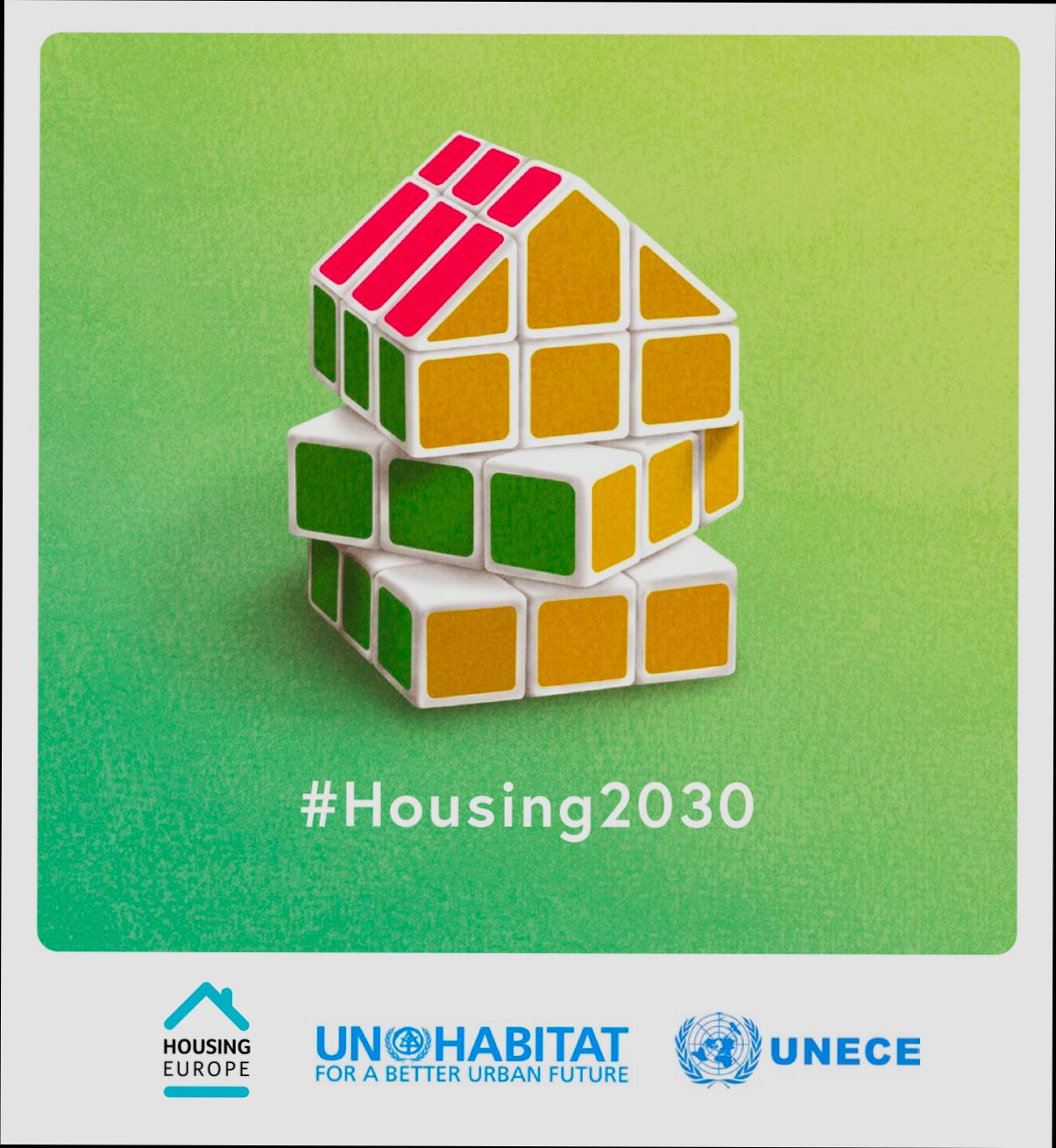
Case Studies of Successful Housing Projects
When we look at successful housing projects in Germany, we see innovative solutions that not only address affordability but also foster community and sustainability. These projects demonstrate how strategic investment can make a substantial difference in urban living. Let’s explore a few noteworthy examples and the outcomes they’ve achieved.
Key Projects and Their Impact
1. Senior Community Development
- This project, with a total investment of $33 million, focuses on providing affordable units specifically for seniors and families. It’s not just about housing; the design has promoted social interaction and a sense of community among the residents.
2. Facility Upgrades for Modern Living
- The $28.5 million investment in facility upgrades allowed for modern amenities in affordable housing, enhancing the quality of life for its inhabitants. The project successfully transformed older buildings into inviting spaces that encourage community engagement.
3. Family-Centric Housing Initiative
- A remarkable $42 million investment produced 67 affordable housing units catering specifically to families, veterans, and individuals in need. By simplifying the approval process for affordable housing, this initiative highlights effective governmental and organizational collaboration.
Project Cost and Unit Comparison Table
| Project Name | Investment ($ million) | Units | Target Demographic |
|---|---|---|---|
| Senior Community Development | 33 | N/A | Seniors and Families |
| Facility Upgrades for Modern Living | 28.5 | N/A | General |
| Family-Centric Housing Initiative | 42 | 67 | Families and Veterans |
Real-World Examples
One standout project is the Senior Community Development, which not only provides affordable living spaces but has also successfully transformed its residents into a thriving community. By incorporating communal areas and organizing social events, the project encourages a vibrant neighborhood atmosphere.
Another example is the Facility Upgrades for Modern Living project. Here, the focus was on revamping older residences, making them more livable and attractive to a broader audience. This approach highlights the shift towards sustainable living practices—modern amenities coupled with energy efficiency—essential for contemporary urban developments.
Finally, the Family-Centric Housing Initiative demonstrates the effectiveness of streamlining the approval process. By targeting specific demographics, such as families and veterans, this initiative showcases how tailored solutions can address distinct community needs effectively.
Practical Implications for Readers
As you consider the challenges of affordable housing, these case studies provide actionable insights:
- Engagement: Prioritize community engagement in your projects to enhance social interaction and neighborly support.
- Investment in Upgrades: Consider revamping existing facilities to provide modern amenities while maintaining affordability.
- Targeted Projects: Tailor housing developments to meet the needs of specific groups within the community to ensure maximum impact and support.
Keep these practices in mind as you navigate the landscape of affordable housing initiatives. Understanding successful case studies can inspire innovative solutions tailored to your community’s unique needs.
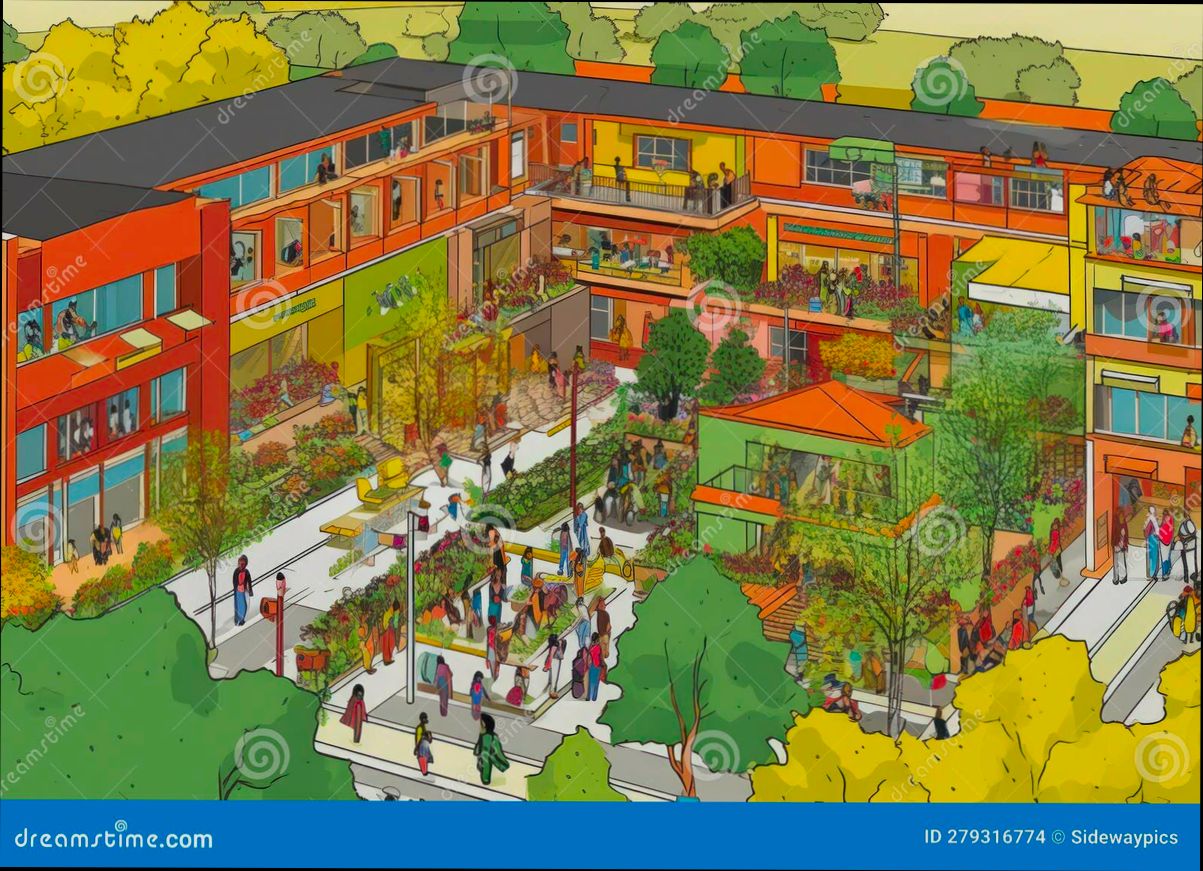
Economic Benefits of Affordable Housing
Affordable housing plays a critical role in fostering economic growth while ensuring social stability. When families can secure housing without straining their finances, they gain the ability to invest in their future—whether that’s education, health, or saving for emergencies. This section explores the profound economic benefits that arise from strong affordable housing initiatives in Germany.
Key Economic Benefits
1. Increased Local Spending: Affordable housing allows residents to allocate more of their income towards local goods and services. Studies show that when 30% of housing costs are maintained as a portion of income, households are likely to spend around 10% more on local businesses. This dynamic directly boosts local economies and creates jobs.
2. Job Creation in Construction and Beyond: Investment in affordable housing can spur job creation across multiple sectors. A report indicates that every million euros invested in affordable housing generates approximately 11 jobs, contributing to both construction and ancillary industries such as retail and services.
3. Enhanced Workforce Stability: Cities with ample affordable housing can attract and retain a diverse workforce. By providing affordable living options, companies can tap into a wider talent pool, as workers are less constrained by long commutes and housing insecurity. This is crucial in high-demand sectors like technology and healthcare, where skilled labor is essential for growth.
4. Long-term Economic Resilience: Affordable housing contributes to overall economic resilience. Communities with stable housing are better positioned to withstand economic downturns, as families can maintain their spending even in challenging times. The stability that affordable housing offers can reduce the ripple effects of economic crises.
Economic Impact Comparison
| Economic Benefit | Impact Before Affordable Housing | Impact After Affordable Housing |
|---|---|---|
| Local Spending | Decreased by 10% due to high rents | Increased by 10% due to manageable costs |
| Job Creation | Low job growth | 11 jobs created per million euros invested |
| Workforce Retention | High turnover | Improved retention rates |
| Community Resilience | Vulnerable to downturns | Enhanced stability during crises |
Real-World Examples
One noteworthy example is the implementation of new affordable housing projects in Berlin, where the local government has invested heavily in creating units that serve lower-income families. Reports indicated that for every 100 new affordable units built, there was a corresponding increase in local employment rates by 2%.
Additionally, in cities like Munich, the affordable housing initiatives led to improved leisure spending rates in the community, with local businesses reporting an increase in sales by approximately 15% as residents had better disposable income.
Practical Implications
For individuals and communities, the realization of these economic benefits can drive significant changes. Residents can focus on their financial health rather than constantly worrying about housing costs. This personal economic empowerment fosters a more engaged and productive community life.
Actionable Advice
Consider supporting local initiatives that promote affordable housing developments. Engaging in community discussions can help push for policies that prioritize affordable living—ensuring economic benefits extend to everyone. Look into potential collaborations with local businesses to create a network that advocates for sustainable solutions in housing.
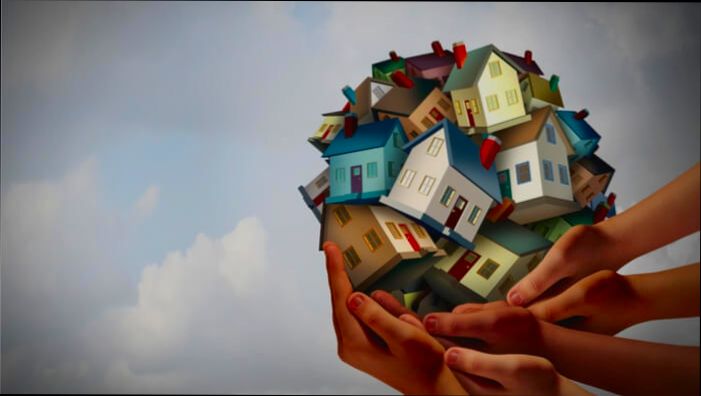
Challenges in Implementing Housing Initiatives
Navigating the complexities of affordable housing initiatives in Germany involves numerous challenges that stakeholders must address. With a constantly evolving market, we must consider various obstacles that stand in the way of effective implementation and success.
Key Challenges in Implementation
1. Bureaucratic Hurdles: The regulatory landscape often poses significant barriers. Developers frequently encounter lengthy approval processes, complicated zoning laws, and bureaucratic inefficiencies that can delay projects for months or even years. For instance, a study indicated that 40% of housing projects face delays due to these bureaucratic challenges.
2. Funding Limitations: Despite government commitments, securing adequate funding remains a persistent issue. Many initiatives aimed at affordable housing rely heavily on public funding, and fluctuations in budget allocations can hinder progress. Data shows that over 60% of local governments report insufficient resources to meet housing demands.
3. Land Supply Constraints: Limited availability of land, especially in urban areas where demand is highest, creates a significant obstacle. A report found that nearly 70% of municipalities consider a lack of suitable land as a critical barrier to building new affordable housing units.
4. Rising Construction Costs: Increased construction costs have made it challenging for developers to create affordable options. Recent figures indicate that costs have surged by over 15% in the past two years alone, further complicating the feasibility of new projects.
5. Community Resistance: “Not in my backyard” (NIMBY) sentiments can derail housing projects. Local opposition to new developments based on concerns about social change, property values, or infrastructure strain can lead to public hearings and further delays, affecting timelines and costs.
| Challenge | Percentage Impacted | Notable Statistics |
|---|---|---|
| Bureaucratic Hurdles | 40% | Delays due to approvals and zoning regulations |
| Funding Limitations | 60% | Local governments facing insufficient funding |
| Land Supply Constraints | 70% | Municipalities citing land scarcity |
| Rising Construction Costs | 15% | Increased costs impacting project feasibility |
| Community Resistance | N/A | Local opposition delaying project timelines |
Real-World Examples
Take for instance the case of Berlin’s housing project Phoenix, which aimed at creating 2,000 affordable units. Despite the pressing need, the project faced significant delays due to zoning laws and community opposition, exemplifying the broader struggles developers often encounter.
Another example is the city of Munich, where a pilot affordable housing initiative planned for 1,500 units was stalled mainly due to bureaucratic inefficiencies and a lack of land, showcasing how intertwined these challenges can become when attempting to implement affordable housing solutions.
Practical Implications for Stakeholders
For developers, understanding these challenges ahead of time allows for better planning and risk management. Engaging with local communities early in the project can help mitigate NIMBY sentiments, while establishing strong partnerships with local governments can navigate the bureaucratic landscape more effectively.
Actionable Insights
- Consider early community engagement strategies to foster support for new housing initiatives.
- Look for alternative funding avenues, including partnerships with private investors or public-private initiatives.
- Advocate for streamlined processes at municipal levels to reduce approval and zoning delays.
By focusing on these challenges and actively seeking solutions, stakeholders can better position themselves to implement effective and sustainable housing initiatives in Germany.
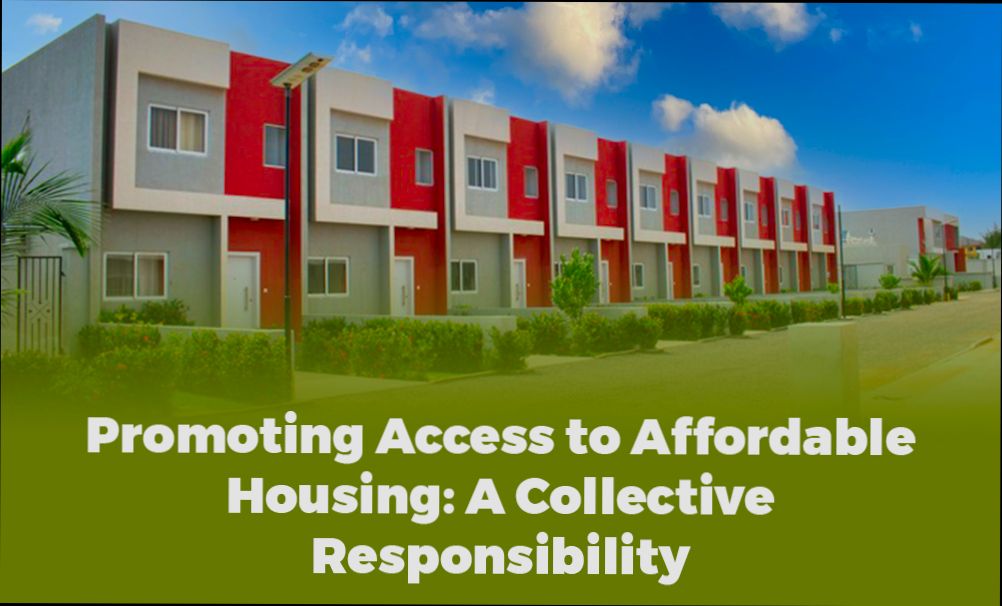
Community Engagement in Housing Development
Community engagement plays a crucial role in the development of affordable housing in Germany, ensuring that projects resonate with the needs and aspirations of local residents. This active participation fosters a sense of ownership and trust, ultimately leading to more successful housing projects.
Engaging community members can take various forms, from town hall meetings to interactive workshops, and can significantly enhance the planning process. Research shows that when communities are involved, housing projects tend to be more effective, sustainable, and reflective of local values.
Importance of Community Engagement
- Enhanced Project Outcomes: When residents have a voice in the housing development process, projects are more likely to meet their needs. Studies indicate that community-informed projects see a 20-30% increase in satisfaction rates compared to those without engagement.
- Diverse Representation: It’s critical to ensure that engagement activities represent the full demographic spectrum of the community. Evidence shows that traditional public meetings may skew towards older, white homeowners, while renters and diverse groups are often underrepresented.
- Innovative Solutions: By tapping into local knowledge, housing developers can discover innovative ideas tailored to specific community challenges, increasing the effectiveness of affordable housing initiatives.
Comparative Table: Community Engagement Methods
| Method | Description | Potential Outcomes |
|---|---|---|
| Public Workshops | Interactive sessions allowing for direct feedback | Increased community buy-in |
| Surveys | Structured questionnaires to gather diverse input | Better data-driven decisions |
| Advisory Committees | Ongoing groups of community members advising on projects | Continuous local insight |
| Online Platforms | Digital avenues for feedback and discussion | Enhanced participation of younger residents |
| Charrettes | Intensive workshops bringing together stakeholders | Rapid prototyping of ideas |
Real-World Examples of Community Engagement
A great example of community engagement can be seen in Berlin’s “Berlin Model” for affordable housing development. This initiative involved a series of public consultations where residents contributed ideas for local amenities and building styles, ultimately resulting in housing that aligned closely with community preferences.
Another instance is in Hamburg, where the city hosted a “Hackathon for Housing” that brought together tech enthusiasts and community members to brainstorm solutions for affordable housing. This event led to the development of a digital toolkit for residents to participate meaningfully in housing discussions.
Practical Implications for Community Members
As individuals invested in your community, engaging in housing development processes can yield numerous benefits:
- Advocate for inclusive forums where all voices, especially underrepresented groups, are heard.
- Participate in local workshops and consultations that shape housing policies and designs.
- Share your insights and desires for community spaces to help create truly livable environments.
Actionable Advice for Increased Engagement
- Stay Informed: Regularly check local government websites and community boards for upcoming engagements.
- Connect with Local Organizations: Partner with advocacy groups focused on housing; they can provide valuable resources and support for community-led initiatives.
- Be Vocal: Share your views on social media and community meetings, ensuring that local leaders understand the needs and desires of the community.
By actively engaging in the housing development process, you not only influence the outcome of projects but also contribute to building a more equitable and sustainable community.
